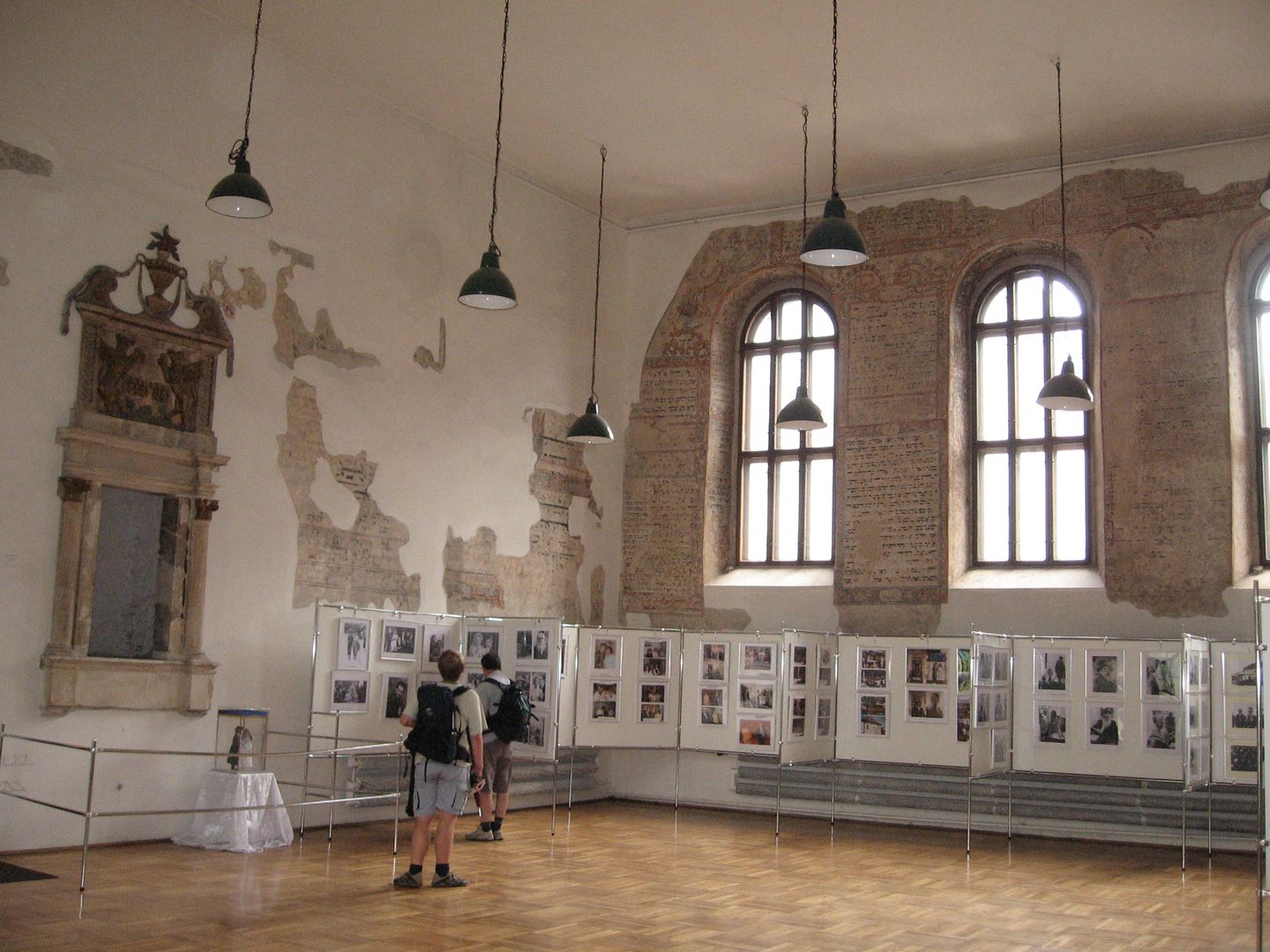High Synagogue in Krakow
6.2

Overview
The High Synagogue, located at 38 Józefa Street in Krakow's Kazimierz district, is the tallest synagogue in Poland and the only one situated on the first floor. It was built between 1556 and 1563 on the commission of an unknown wealthy merchant named Israel, who obtained permission from King Sigismund II Augustus. The interior of the synagogue served as a prayer hall, while the ground floor was designated for commercial activities. Its location near the gate of the Jewish town may indicate security considerations. It gained rich furnishings in the 17th century after being renovated following devastation during the Swedish Deluge. In the 19th century, as street names changed, the synagogue was connected to the adjacent building, creating a prayer space for both men and women along with additional rooms. After World War II, the synagogue suffered significant damage, and part of its furnishings were lost. Since then, it has undergone several adaptation attempts, including plans to convert it into a theater, which never came to fruition. In 1966, conservation work began, resulting in the preservation of 17th-century polychromes and the transformation of the building, with work completed in 1971. In later years, the synagogue became a venue for exhibitions and cultural events, and in 2008 it was handed over to the Jewish Religious Community in Krakow. Architecturally, the synagogue reflects the Renaissance style, featuring a barrel vault and a richly decorated interior, including a carved entrance portal. The interior arrangement, originally adorned with polychromes depicting biblical scenes among others, is only partially preserved today. A commemorative plaque on the exterior wall honors the historical significance of the synagogue and its destruction by the German occupying authorities in 1939. Interestingly, the High Synagogue in Krakow has its counterpart in Prague, underscoring its importance in the context of Jewish history and culture in Europe. Today, the High Synagogue is an important point on Krakow's cultural map, attracting tourists and those interested in the history of Jews in Poland.
Location
Tickets
Powered by GetYourGuide
2025 Wizytor | All Rights Reserved